April 27, 2024 | 02:43 GMT +7
April 27, 2024 | 02:43 GMT +7
Hotline: 0913.378.918
April 27, 2024 | 02:43 GMT +7
Hotline: 0913.378.918
The world enters 2022 in the context that the Covid-19 pandemic’s development remains complicated worldwide. At the end of February, the conflict between Russia and Ukraine has broken out and still having new developments with each passing day, putting the world into a more unstable state. The world’s instability, added with skyrocketing prices of petroleum, fertilizer and crops, will more or less leave an impact on Vietnam’s rice production and consumption.
In such a complicated situation, Vietnam’s rice production in 2022 aims to maintain its stability to ensure domestic food security and continue its participation in export markets as one of the world’s three biggest rice exporters. Vietnam Agriculture News has had a discussion with Mr. Le Thanh Tung, Deputy Director of Department of Crop Production, MARD regarding this matter.

Mr. Le Thanh Tung, Deputy Director of Department of Crop Production, MARD.
When mentioning Vietnam, rice is considered the main crop. So Mr. Le Thanh Tung, can you share some of your thoughts on rice production in the Mekong Delta in particular and the Southern region in general in the first quarter of 2022? Do the productivity and output meet our expectations?
In the first three months of 2022, like any other year before, our output reaches approximately 8 million tons. In addition to consumption within the Mekong Delta area and cities such as Ho Chi Minh, Binh Duong, and Dong Nai, we also have sufficient rice to respond to enterprises’ export needs.
As a matter of fact, export activities are progressing normally, so I think businesses, local authorities, farmers, and even consumers in urban areas don’t have to worry about domestic consumption.
And enterprises need to balance factors when exporting based on the harvested output. I also believe that there has been no fluctuation up to this moment.
So what solutions can we set out or propose to assist farmers at the moment, dear Mr. Le Thanh Tung?
We all have expectations that the price of rice will increase following the increase in the price of fertilizers and other agro-inputs so that farmers and export businesses gain benefits.
When entering the summer-autumn crop, the only difficulty lies in prices. Rice production generally depends on water and fertilizers. Now the two major inputs, fertilizers and petroleum, are on an uptrend, and this increase is on a global scale. Farmers worldwide are suffering, not just Vietnamese farmers alone. That’s a fact that I think all farmers as well as localities should know. We may demand the government to do this and that, applying available measures such as limiting exports of domestically produced fertilizer, but it’s only a tip of an iceberg. We still have to import potash fertilizers or DAP fertilizers from countries like Russia and Ukraine. We have to accept that.
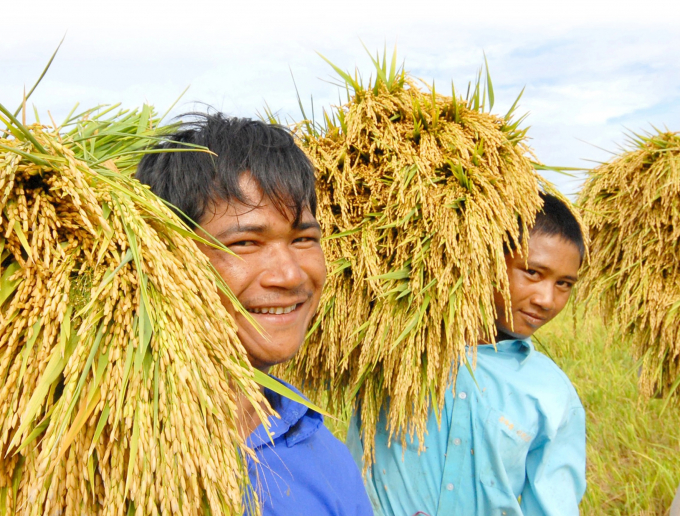
Vietnam's rice output in 2022 will likely be “impossible to reduce”.
And facing such difficulties and challenges, what is your point of view on our remaining crops this year?
In my opinion, considering the meteorological and hydrological situation we have recorded recently, it’s likely that our output in 2022 will be “impossible to reduce”. And there are many reasons to support this claim.
Firstly, regarding matters of irrigation in service of agroproduction, experts have forecasted that there would be no high flood, which means our autumn-winter crop can guarantee a total acreage of 700,000 ha, and the summer-autumn crop will maintain an approximate 1.5 million ha. The two remaining crops so will therefore have the same large acreage. There will be no reduction.
Secondly, input prices have already been high since the winter-spring crop, not just now. And in that crop we have learned lessons and gained experiences, so enterprises, local authorities and farmers have more or less grasped the situation.
I believe that these factors may result in a slight decrease in farmers’ investment, but the existing technical solutions will not cause the overall output to drop. That’s how this combination is going to work. If we compared the situation now to 2021, there are more advantages, not only in terms of techniques but also in the ministry’s directives. Apart from meteorological aspects, there is this point that we tacitly understand: food security, whether in Vietnam or outside the world, will surely experience ups and downs after the occurrence of Covid-19 and war outbreaks in countries. And when the tension has eased, the pressure on logistics as well as inventory, or “national food storage”, will decrease as followed. There will be more positive developments, and that’s what we hope.
Thank you, sir!
Translated by Samuel Pham
/2024/04/24/1914-3-121559_180.jpg)
(VAN) To develop the wood industry market, export wood processing enterprises in Vietnam mainly use certified planted forest timber to be proactive about the source of clean raw materials.
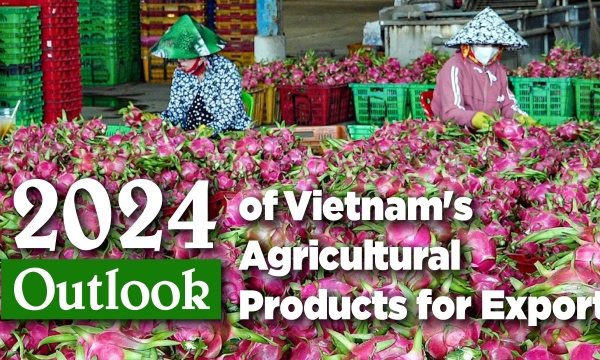
(VAN) Due to scarce supply at the end of the lighting season, combined with stable consumption in the Chinese market, the price of Binh Thuan dragon fruit increased sharply.
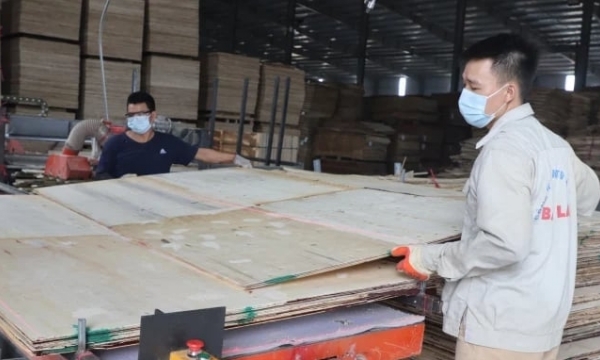
(VAN) Following the final rulings on anti-dumping duties issued by South Korean regulatory authority, 152 plywood businesses will be subject to export duties ranging from 4 to 13 percent.
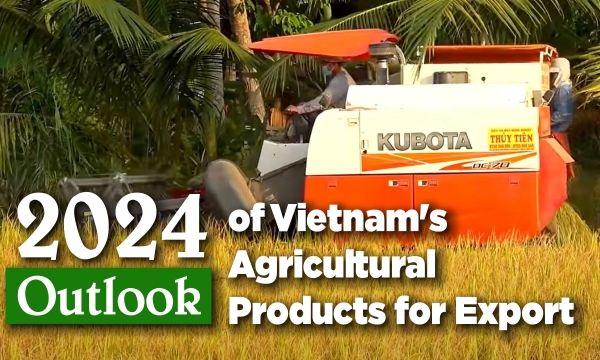
(VAN) Vietnam has been exporting rice to Singapore for a long time but has always needed to catch up with some other sources of supply.
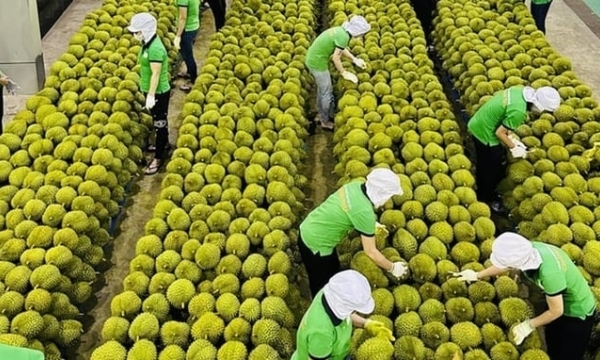
(VAN) As of April 15, Vietnam's industrial product exports have reached 15 billion USD in cumulative value. Notably, six product categories have achieved billion-dollar values.
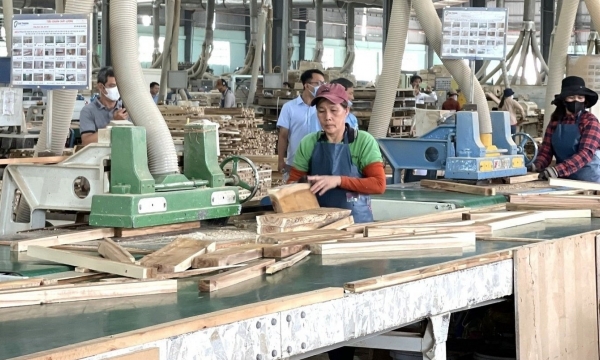
(VAN) In June 2023, the European Parliament voted to approve the anti-deforestation regulation (EUDR). At the end of 2024, this regulation will take effect, adding new challenges for Vietnam's wood industry.

(VAN) Sustainable forest management certification (FSC) is considered the 'visa card' of Vietnam's wood and wood products exported to demanding markets around the world.